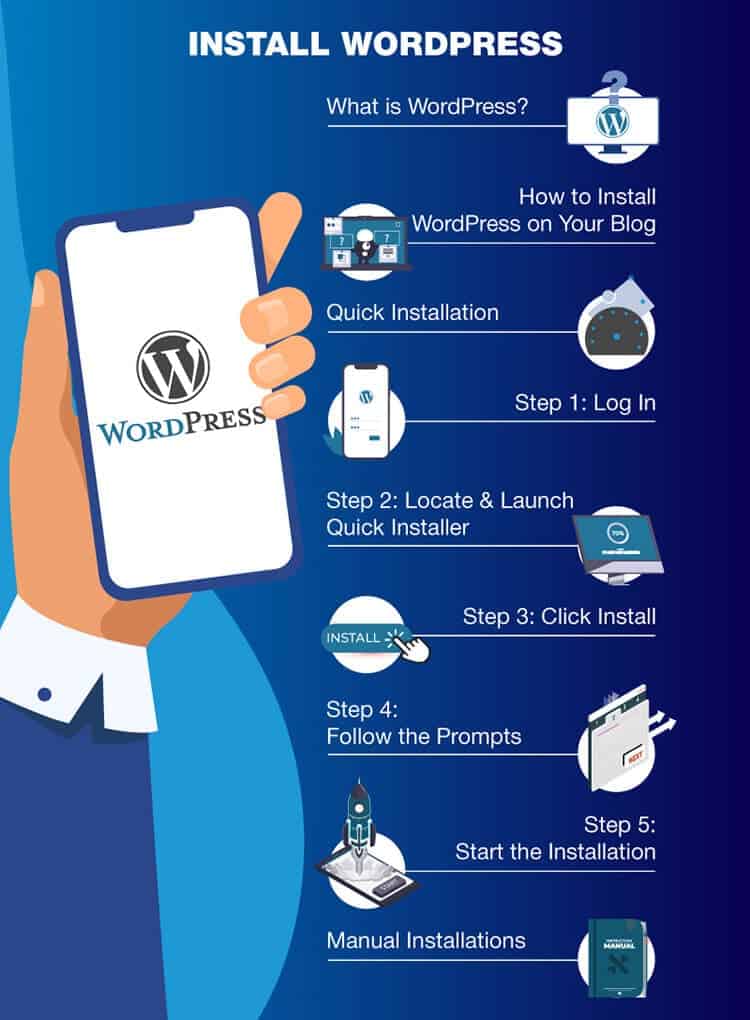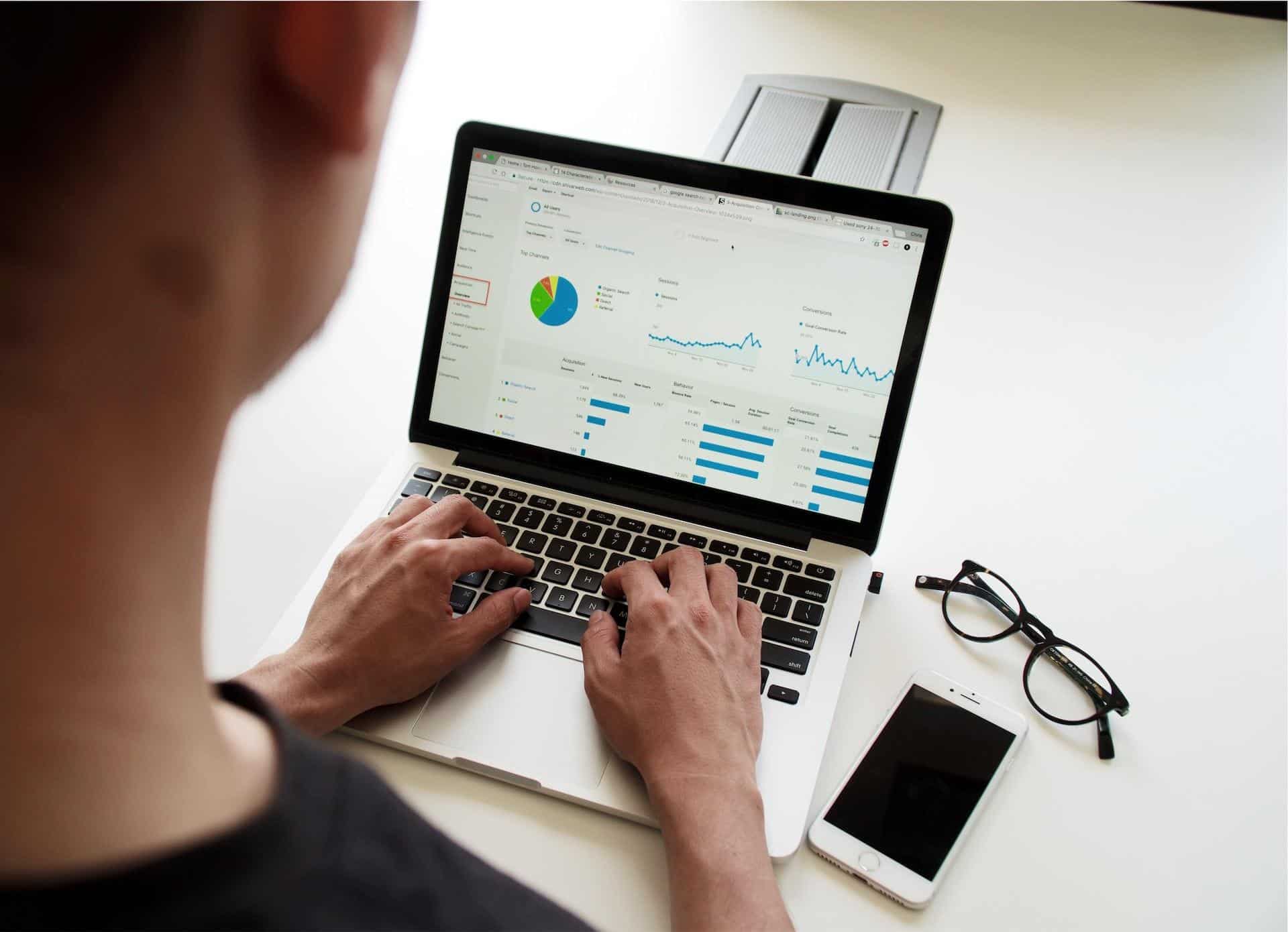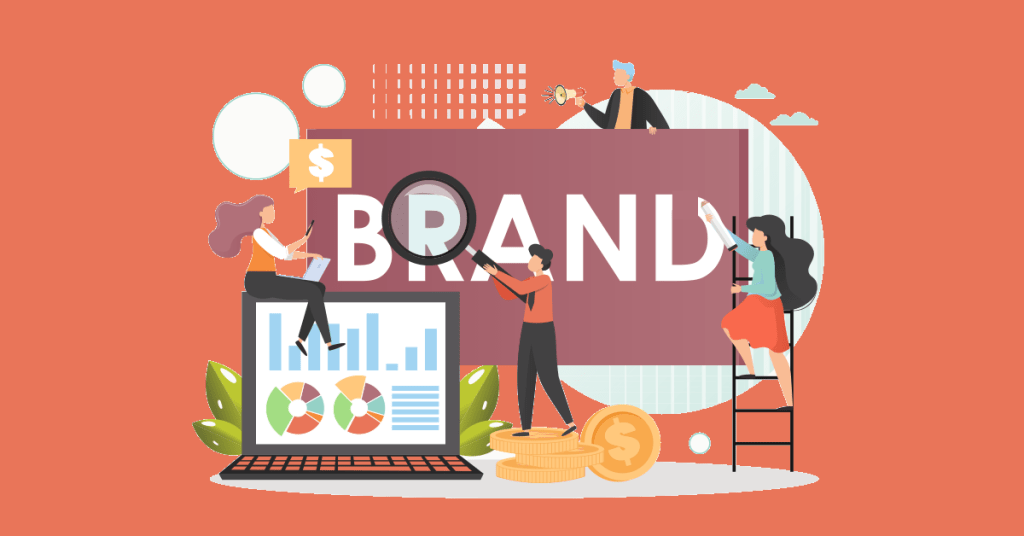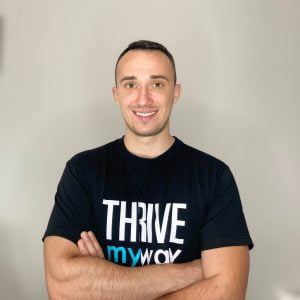Whether you’re looking to expand your business brand awareness or build a personal brand to
help you establish yourself as a sought-after professional, LinkedIn is the top social media platform to use. It allows professionals to develop their brand, connect with potential clients or other professionals in their niche, and share information on different topics.
This article will help you understand how to use LinkedIn for branding and why you should start using it now.
What Is LinkedIn Marketing?
LinkedIn is a social media platform that offers so much more than your average Facebook or Instagram account. With over 57 million businesses with a LinkedIn account, it’s a great place to market your brand.
But even if you don’t have a business, LinkedIn is still an excellent platform to build your brand and market yourself as a professional. It’s estimated that 40 million people apply for jobs via this platform every day, which is why many companies are constantly hiring on LinkedIn.
LinkedIn allows you to reach out to new potential customers by posting updates, sharing articles, and interacting with other users. And LinkedIn marketing is the process of using LinkedIn to build relationships with potential customers and increase brand awareness.
The goal of LinkedIn marketing strategies is to generate leads for your business, but they can also be used to increase sales or build relationships. And if you want to take it a step further, you can pay for advertising on the site to get in front of even more people.
So, how can you use LinkedIn to build your brand? Let’s dive into 5 effective strategies to help you do that.
Optimize Your LinkedIn Profile
The first to build your brand on LinkedIn is to optimize your profile. Think of your LinkedIn profile as an online resume where others can see what skills you have and what experience you have had doing certain types of work. When a person lands on your page – be it a potential employer, client, or colleague – they’ll form their first impression about you by looking at your profile.
That’s why it’s essential to fill your profile with well-optimized information. The more complete your profile, the more people can learn about you – and see whether they want to connect, work, or collaborate with you.
LinkedIn recommends that you include the following in your profile:
- A professional headline
- A professional-looking profile photo
- An in-depth profile description
- Detailed employment and education information
- A portfolio (if you have one)
In addition to that, it’s important to include a link to your website. If you don’t have a website, take this opportunity to create one. All you need is a good web hosting plan and a WordPress account to get started.

Image source: ThriveMyWay
Write a Professional Headline
Your headline is the first thing people see when viewing your profile. It should be written in a way that clearly describes what you do and why this matters to others. A great headline should be concise and include keywords related to your profession or industry. It should also be catchy enough to grab attention and entice people to read your profile description.
Think about what makes your work unique or special compared to other people in your industry, then use that information as the basis for your headline. For example: “Software Engineer with 10+ years of experience developing enterprise software solutions” or “Marketing Professional with 10+ years of experience developing strategies for Fortune 500 companies.”
Design Your Brand

Image source: LinkedIn
If you want to stand out on LinkedIn – or, as a matter of fact, on any other social media platform, you need to design a consistent brand image to represent you.
The design of your profile is fundamental in establishing your personal brand. When designing the layout of your profile, keep these tips in mind:
- Choose a color palette of 3 to 4 colors and stick to it with every piece of content you create for LinkedIn or other social media platforms.
- Design an eye-catching cover photo using your brand colors.
- Design a professional profile photo with either a white background or a background in one of your brand colors.
- Avoid using too many graphics or colors on each profile page, as it will look cluttered and busy.
If you already have a brand image, make sure your LinkedIn profile is consistent with the rest of your brand identity. This will help people recognize you as a brand and make it easier for them to follow you across different platforms.
Research & Optimize Keywords
The most important step in optimizing your LinkedIn profile is keyword research. Researching keywords will help you identify the terms people use when searching for others with similar skill sets or experience levels. By identifying these terms, you can optimize your profile so that recruiters and other users can easily find you.
For example, if you’re looking for a job or a freelance client as a web designer, research keyword combinations like “web designer” or “SEO friendly web design” and see what others have written under those headings on their profiles.
You should also research key phrases related to your industry to help you identify gaps in your current profile and provide ideas for ways recruiters might search for applicants like yourself.
Choose Your Skills Strategically

Image source: Bench Accounting on Unsplash
LinkedIn is about helping you showcase your skills and accomplishments in the most effective way possible. The more focused and specific your skills, the better your potential employers or clients will be able to identify what you can do and how you can help them.
When choosing your skills, use keywords that describe what you do so that you’re more likely to appear in searches by recruiters and hiring managers looking for candidates like you.
For example, if you’re applying for a job as an SEO specialist, consider including phrases like “search engine optimization,” “link building,” and any other key phrases that describe your specific skills in this field. This way, recruiters will be more likely to find you when they search for those terms.
Regularly Post High-Quality Content
If you’re looking to build your personal brand on LinkedIn, your profile should be more than just a place where people can find out what you do. It should also provide value to others while proving your expertise in your field.
LinkedIn allows you to post status updates or articles. And while it’s good to choose the best time to post about your new projects or accomplishments to establish your credibility, you can do so much more! Posting high-quality content on LinkedIn can help you provide valuable information and reinforce your brand.
However, like any other social media platform, LinkedIn has its own rules and guidelines for posting content. Before posting, familiarize yourself with LinkedIn posting rules and correct LinkedIn image sizes. In addition, you can also use social media scheduling tools such as Bulkly to help you plan out your content for LinkedIn.
With that said, here are a few types of content that work best on LinkedIn.
Visual Content
While LinkedIn is a great place to share posts and articles, it’s also important to post visual content. Images, infographics, and videos are more likely to grab your audience’s attention than text alone.
People scan their feeds quickly and likely won’t stop to read your post if there isn’t something visually interesting about it. So, apart from valuable articles and posts, include visual content in your LinkedIn content strategy.
There are many tools to help you create video content and easily shareable graphics for your posts. For example, you can use a video content management system to build a library of videos you can quickly choose from to share on LinkedIn. You can also use graphic design software or an online editor to edit images quickly and create infographics.
What’s more, you can even go as far as creating 3D mockups of your products using a free CAD software. This is a great way to innovate with visual content and grab your audience’s attention. Don’t be afraid to be creative and experiment with different ideas!
User-Generated Content
One of the best ways to use LinkedIn as a marketing tool is by incorporating user-generated content into your strategy. User-generated content (UGC) is any form of media created by someone who hasn’t been paid for their participation (think comments, reviews, photos, and videos).
User-generated content has been shown to improve conversions and increase brand awareness. It also provides an easy way to engage with leads and customers. Here are a few ways to include user-generated content into your posting strategy on LinkedIn:
- If you have stellar reviews from happy customers in your customer community, consider posting them on your LinkedIn company page or individual profile.
- Ask questions in your posts and respond to people’s comments. This way, you can create a conversation. It will also help you get an idea of what content to create next based on your readers’ comments.
- If you own a company, ask your employees for photos and stories about their work experience with you. You can also have them promote events and other activities at your office.
Data-Backed Achievements

Image source: Campaign Creators on Unsplash
Another type of valuable content that strengthens your brand on LinkedIn are data-backed achievements. This type of content should highlight how you’ve helped clients or prospects by using data to solve their problems or make decisions.
For instance, if you help companies generate leads with Facebook ads, show how many leads you’ve generated for them over time or give them some stats about how their return on investment has grown over time.
It’s important not only to provide real data but also to prove why it’s meaningful, so readers will understand why it matters.
Engage Meaningfully
If you’re not using LinkedIn as part of your marketing strategy, you’re missing out on a huge opportunity to connect with customers and boost brand awareness. One of the best ways to build your brand on LinkedIn is by interacting with other users and making genuine connections.
You can engage with others by commenting on their posts, starting conversations,joining communities or even posting an automated pre-recorded webinar that could run on autopilot for weeks. Let’s dive deeper into each one of these strategies.
Build Connections That Lead to Relationships
LinkedIn is an excellent platform for building relationships. Still, many people make the mistake of not following up with their new connections.
When you connect with someone new on LinkedIn – whether it’s a potential client, a colleague from your industry, or a hiring manager – it’s important that you take the time to develop a relationship with them. Take the time to engage with them by sending them a quick connection note or a more personalized InMail. If messaging people take too much of your time, you can simply automate LinkedIn messaging.
Sending welcome messages is a great way to develop relationships with new connections, even though many people may not reply. If that’s the case, don’t be afraid to send them a follow-up email thanking them for connecting with you. The more time and effort you spend nurturing new relationships, the more successful you’ll be in building brand trust and credibility.
Participate in Groups
LinkedIn Groups provide a great opportunity for professionals within the same field or interested in a particular field to make new connections and exchange insights and opinions. They also help you build your network by providing opportunities for introductions, which can lead to new business opportunities down the road.
If you want to build meaningful connections on LinkedIn, join a few groups related to the topics of your interest. However, don’t make the mistake of never engaging. If you’re joining, make sure to interact with the group’s members.
Generate New Business Leads
LinkedIn is a great place to connect with potential clients, but if you’re not doing anything with that connection, it’s just another link on your profile. Your LinkedIn profile should be used as a tool to generate new business leads.
As a small business, messaging new leads and building individual relationships with them can be a great way to find new clients.
However, if your business handles a large volume of leads on LinkedIn, nurturing each of them isn’t practical. In this case, you can learn how to set up LinkedIn lead gen forms & Pardot integration to help you automate lead generation and take this task off your busy hands.
Use Advanced Analytics
Whether you’re using paid ads or not, having access to detailed analytics can help you determine what’s working and what isn’t. There are a number of advanced analytics tools that you can use to track LinkedIn KPIs and optimize your marketing campaigns.
For example, you can see which types of content are most effective at engaging your audience, which specific people within your network are most likely to respond to certain messages, and even how well different types of content perform on different days of the week.
This information will help you decide what type of content to post in the future so that you’re always posting relevant content that will be well received by your audience.
Knowing How to Use LinkedIn for Branding
LinkedIn is much more than a social network for your professional connections. It’s become a platform for content marketing and online reputation management.
LinkedIn is a social network that connects professionals. It’s not just for job-seekers or recruiters but also for anyone who wants to grow their brand and network with other professionals.
In short, it’s the go-to platform for professional branding and can be used as a powerful marketing tool. We hope that the tips in this article will help you optimize your LinkedIn profile for success and strengthen your brand.


